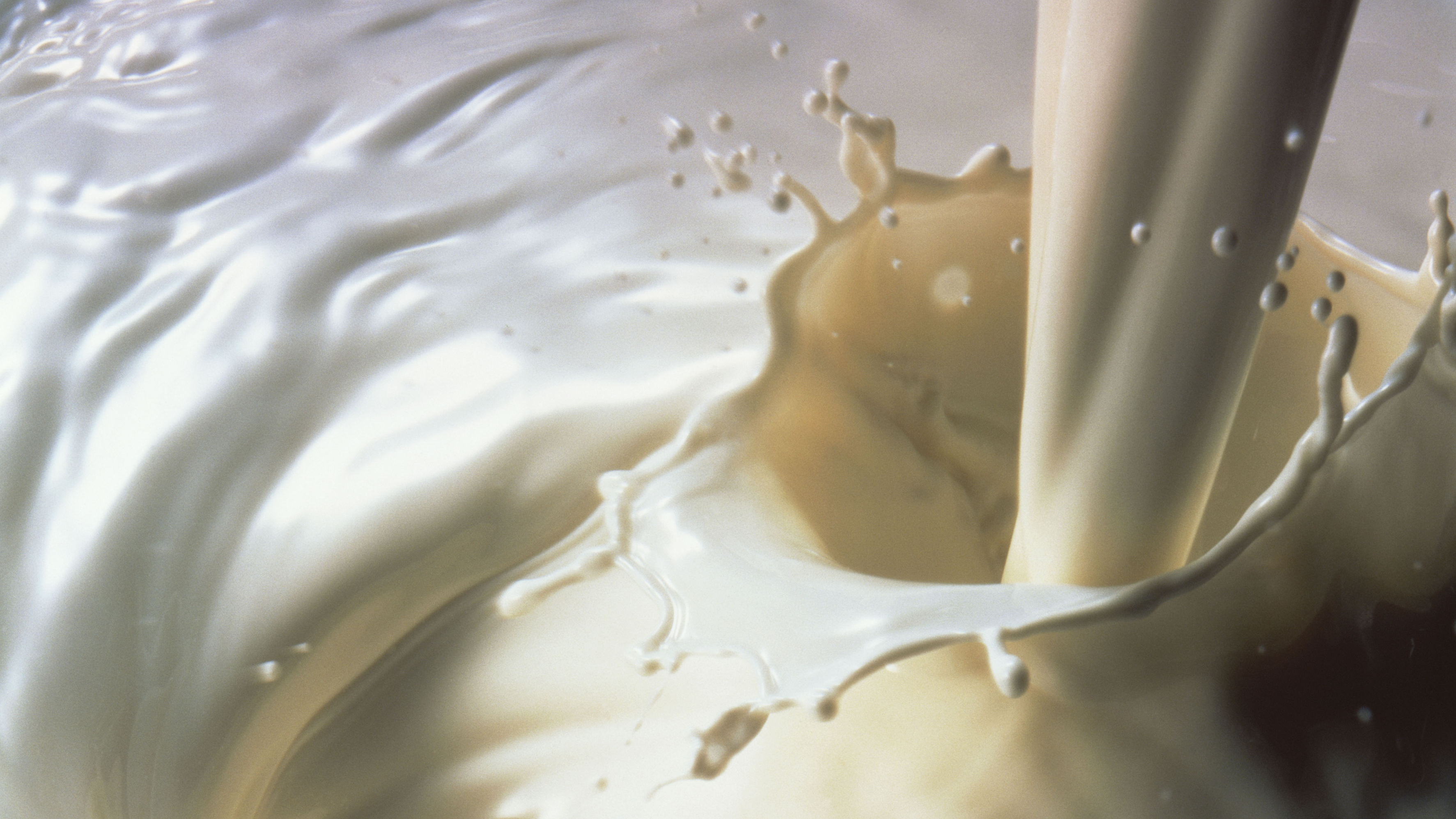Can I Substitute One Type Of Cream For Another?
The universe shows its cruel sense of humor whenever I'm making a creamy sauce or dessert. Halfway through cooking, I open the refrigerator to find—once again—it doesn't contain the precise type of cream my recipe calls for. Bewildered, I stare at the light cream, wondering if it's the same as table cream, and whether I'm totally screwed if I use it in place of heavy whipping cream, which I'm not sure is the same thing as just regular whipping cream.
Foiled again recently as I was midway through preparing a silky soup, I decided to get to the bottom of cream nomenclature and find out whether I do indeed need to make an emergency trip to the store for light cream. First up: What types of cream really mean.
It’s all about fat content
To be labeled cream, a liquid must contain at least 18 percent milk fat. (That's why it tastes 18 times better than 1-percent milk.) Federal standards require certain types of cream contain certain levels of fat, as follows:
- Heavy cream (may also be labeled heavy whipping cream): not less than 36 percent milkfat
- Light whipping cream (may also be labeled whipping cream): between 30 and 36 percent milkfat
- Light cream (may also be labeled table cream): between 18 and 30 percent milkfat
- Half and half: between 10.5 and 18 percent milkfat
Besides fat content, there's not much else that distinguishes one from the other. Whipping creams are more likely to contain stabilizers—like guar gum or sodium pyrophosphate—that help the cream become more solid. There's no reason to avoid these, Cook's Illustrated senior science editor Paul Adams tells me, unless you're trying to make cultured butter from cream, in which case they may impede the process.
So, can I swap one for another?
I was surprised to learn that generally, you'd be fine switching many of these creams for each other. Keep in mind the fat content the recipe called for, says Lori Sauer, executive pastry chef for the Blue Bridge Hospitality restaurants in Coronado, California and San Diego: If you're really cutting the fat out of the cream, maybe drop in a pad of butter. Or if you only have a very heavy cream when a recipe calls for something lighter, water it down a little. Especially in sauces and soups, the difference in fat content probably won't ruin the recipe.
"The only case I can think of where it really would be disastrous to use the wrong cream is if you have a hot, acidic thing like soup that calls for heavy cream and you put in half and half—where heavy cream has enough fat to prevent the proteins from curdling but light cream does not—so you get curdling," Adams says. "That's not an incredibly common scenario but in general, the heavier and fattier the cream the more curdle-proof it is."
If you're swapping in a less-fatty cream for a heavier one, keep the heat lower to avoid separating the cream's water content from its proteins, Sauer suggests. After you've added a splash, taste the soup or sauce. If it's not rich enough, add more of the less-fatty cream.
The only thing you might not be able to do with a less-fatty cream is whip it into a stiffer whipped cream, which does require a high level of fats. You could still get a nice, creamy, airy liquid, but it likely won't sport the stiff, mountainous folds that a heavy cream would have produced.
Could I use something from my pantry instead?
Here was the true revelation for me: Maybe I don't need to keep all these perishable creams on hand at all. Some experts I spoke to say there are canned alternatives that I could stash in my pantry and substitute in for fresh cream.
Philippe Verpiand, chef and owner of Etoile Cuisine et Bar and Brasserie du Parc in Houston, Texas, says he often uses canned coconut milk in place of cream in classic French sauces.
"Beurre blanc for example is very heavy, so sometimes I do a coconut beurre blanc—shallots, white wine, coconut milk, and a little butter in at the end—to make it a little lighter," he says. "You can definitely use coconut milk as a cream substitute there, and in coconut milk panna cotta as well. Calorie-wise it's a lot better and it tastes very good too."
Similarly, pastry chef Lori Sauer says home cooks can use evaporated milk in place of heavy cream in a recipe. This can be helpful in a pinch, but if you really want the full luxury of a true, creamy sauce or dessert, she says not skimp on the cream: "Fat does tend to make things taste better."
